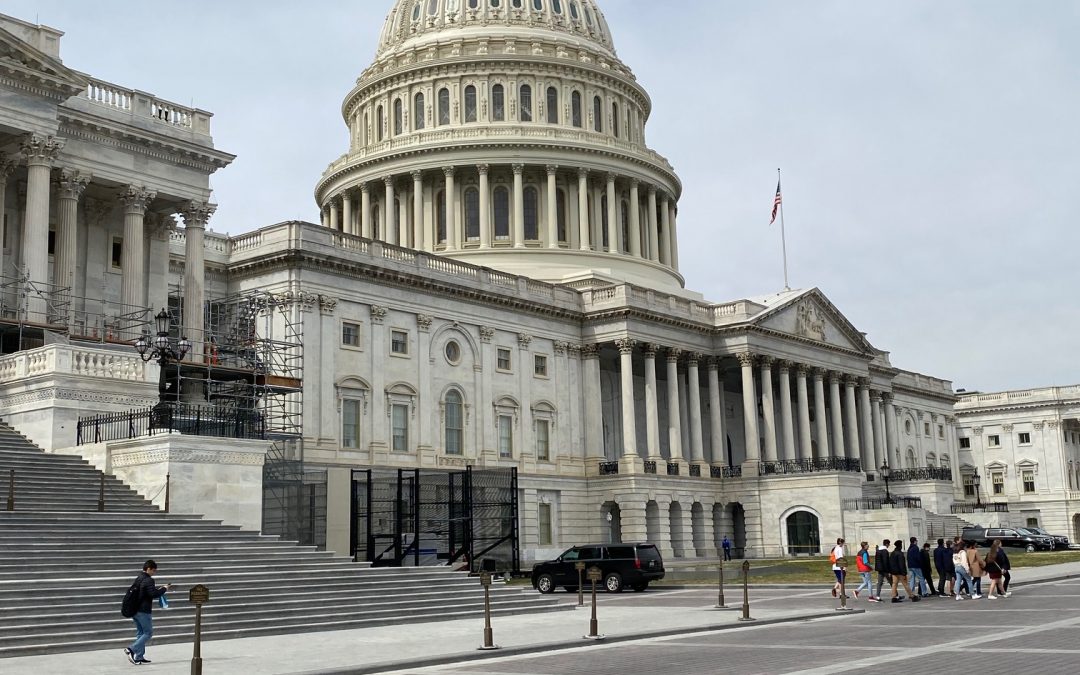On Thursday, the 15th of May, thirty-two Senators wrote to the FCC expressing numerous concerns with the commission’s determination on Ligado Networks. They also asked the FCC to address these concerns and stay their order while they were doing so.
We share the concerns with the FCC’s actions that are outlined in this letter:
- After ten years of deliberations a draft order was processed to a final decision within a couple days during a national crisis
- The FCC discounted the testing done by the executive branch and did not say why
- No technical forum was held to resolve the differences between Ligado’s and DoD/DoT’s testing
- There was no public discussion of these differences and how they might be resolved
Undoubtedly a lot of the differences between the FCC and the Executive Branch on this issue boil down to a lack of appreciation of the fundamental differences between wireless communication, and radionavigation.
|
Differences Between RF Comms and RF Nav – Two Different Worlds |
||
| Two-Way Radio Communications | One-Way Satellite Radionavigaton | |
| Receiver Looks for | Unknown message,
Strong signal pushing through noise |
Known message, Weak signal down in the noise |
| Receiver must | Decide if signal is 1 or 0 | Precisely time the transition between 1 and 0 |
| Errors, gaps in transmission | Occasional errors are often tolerable | Usually makes receiver inaccurate or drop signal and fail |
| Acquiring/ reacquiring usable signal | Same as following signal | Harder than following signal |
| User Growth | More users require more spectrum | Infinite users for same fixed spectrum |
| Criticality | Important. Failures can be corrected by re-transmission. | Safety of Life in many applications. No do-overs. |
| Business Model | Commercial – fee or ad based | Public good provided free by government. Use encouraged. |
When two parties start from completely different places, they are likely to talk past each other and end up in completely different places.
We think the Federal Communications Commission might not have fully appreciated the needs of radionavigation as a safety-of-life utility and wound up in the wrong place.
But that’s just us. A lot of folks think differently.
That’s why we are urging an independent technical review, with both communications and radionavigation experts, to inform public policy decisions on this before anything moves forward.
This is too important to get wrong.


